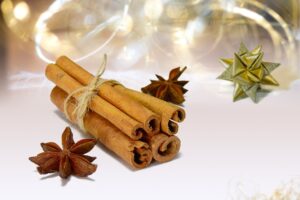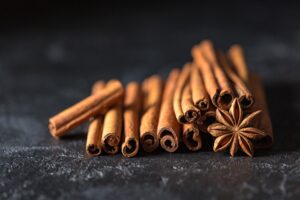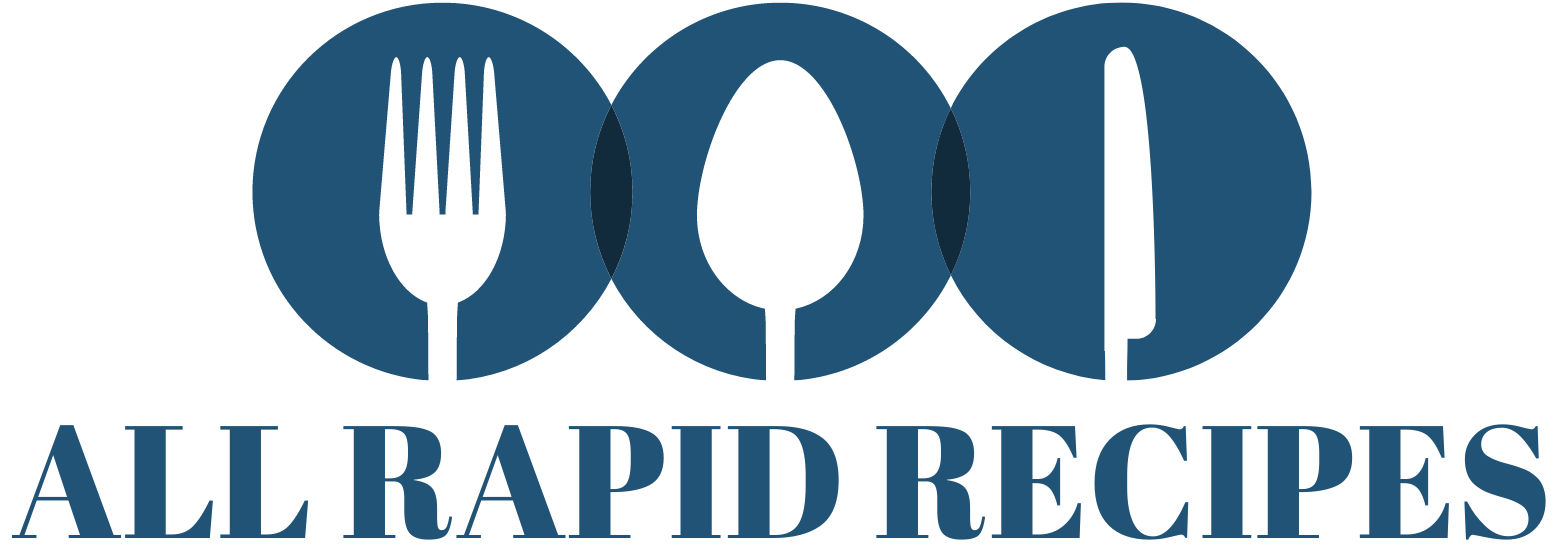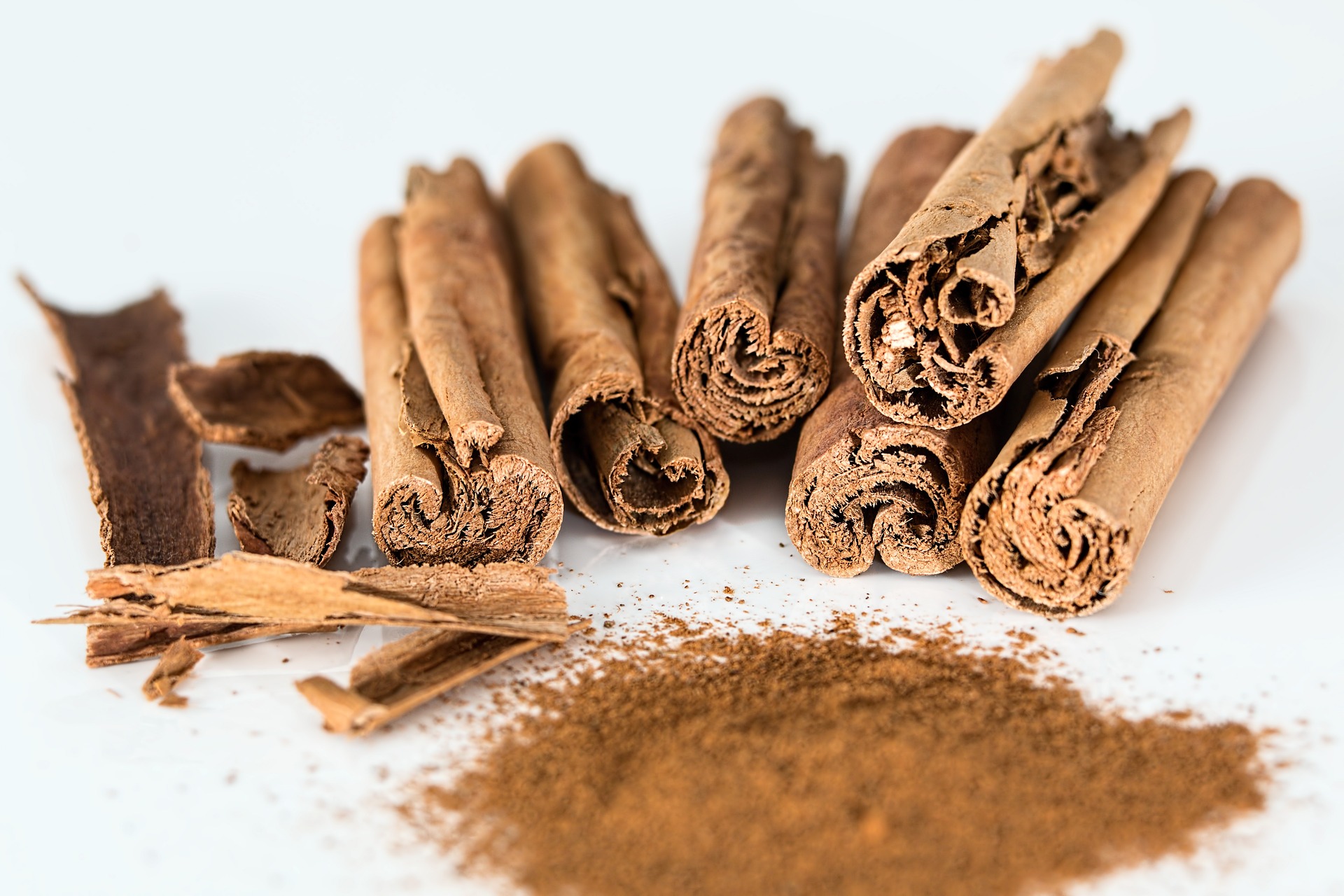From Bark to Kitchen: Where Does Cinnamon Come From?
Introduction
Imagine the comforting aroma of cinnamon sticks wafting through your kitchen, evoking memories of holidays, warm drinks, and sweet desserts. This spice is more than just a pantry staple—it’s a key ingredient in dishes worldwide. But have you ever stopped to ask yourself, “Where does cinnamon come from?” This article will take you on a journey, exploring the origins, cultivation, and diverse uses of cinnamon, so you can appreciate its rich history and value in your kitchen.

What Are Cinnamon Sticks?
The Basics of Cinnamon
Cinnamon sticks, often referred to as “quills,” are the dried inner bark of trees from the genus Cinnamomum. These sticks have a distinctive aroma and flavor that make them a beloved addition to both sweet and savory dishes.
Types of Cinnamon
- Ceylon Cinnamon (Cinnamomum verum):
- Known as “true cinnamon.”
- Subtle, sweet flavor.
- Thin, light-colored quills.
- Cassia Cinnamon (Cinnamomum cassia):
- Stronger, spicier flavor.
- Darker, thicker quills.
Culinary and Medicinal Uses
- Culinary: Enhances desserts like apple pie, cinnamon rolls, and beverages such as chai tea.
- Medicinal: Recognized for its potential anti-inflammatory, antioxidant, and blood sugar-regulating properties.
Where Does Cinnamon Come From?
Geographic Origins
Cinnamon originates from tropical regions, with the most renowned varieties coming from:
- Sri Lanka: Home of Ceylon cinnamon, often considered the highest quality.
- Indonesia, China, and Vietnam: Leading producers of Cassia cinnamon.
Historical Significance
- Ancient Trade: Once valued more than gold, cinnamon played a pivotal role in the Spice Trade.
- Cultural Symbolism: Used in religious rituals and traditional medicine for centuries.
How Cinnamon Is Cultivated
- Tree Growth:
- Thrives in tropical climates.
- Requires well-drained, fertile soil.
- Harvesting Process:
- Bark is stripped from young branches.
- Outer layers are removed to reveal the fragrant inner bark.
- Drying and Rolling:
- The inner bark curls naturally into sticks (quills) as it dries.
The Journey from Bark to Spice Rack
Processing and Exportation
Sorting and Grading
- Ceylon Cinnamon:
- Light color, delicate texture.
- Subtle, sweet flavor.
- Cassia Cinnamon:
- Darker, thicker bark.
- Robust, spicy flavor.
Export Trends
- Global Demand: Cinnamon is exported to major markets like the U.S., Europe, and the Middle East.
- Sustainability: Growing interest in organic and eco-friendly cultivation methods.
Table: Major Cinnamon-Producing Countries
| Country | Type of Cinnamon | Annual Production |
|---|---|---|
| Sri Lanka | Ceylon | ~16,000 tons |
| Indonesia | Cassia | ~90,000 tons |
| China | Cassia | ~75,000 tons |
| Vietnam | Cassia | ~61,000 tons |

Culinary Uses of Cinnamon Sticks
Versatility in the Kitchen
Cinnamon’s warm, spicy-sweet flavor makes it a favorite in kitchens worldwide. Here are some popular applications:
Sweet Dishes
- Classic cinnamon rolls.
- Apple pie and cobblers.
- Rice pudding.
Savory Dishes
- Indian curries.
- Moroccan tagines.
- Mexican mole sauce.
Beverages
- Mulled wine.
- Chai tea lattes.
- Cinnamon-infused coffee.
Tips for Using Cinnamon Sticks
- Infusing Flavor: Simmer sticks in liquids like soups, stews, or teas.
- Grinding Fresh: Grind sticks for recipes that call for ground cinnamon.
- Pairing with Other Spices: Combine with nutmeg, cloves, or cardamom for a richer flavor profile.
Health Benefits of Cinnamon
Nutritional Profile
Cinnamon is not just flavorful; it’s nutritious too. It contains:
- Antioxidants: Help protect the body from oxidative stress.
- Essential Minerals: Small amounts of calcium, manganese, and iron.
Potential Health Benefits
- Blood Sugar Regulation: May help lower blood sugar levels.
- Anti-Inflammatory Properties: Reduces inflammation in the body.
- Heart Health: Supports healthy cholesterol levels.
Frequently Asked Questions About Cinnamon Sticks
What are the fundamental contrasts between Ceylon and Cassia cinnamon?
- Ceylon is lighter in color and sweeter in taste, while Cassia is darker and has a stronger flavor.
Can I use cinnamon sticks as a substitute for ground cinnamon?
- Yes, but grind them first or simmer in liquids to release their flavor.
How should I store cinnamon sticks?
- Keep in an airtight container in a cool, dry place.
Is cinnamon safe for everyone?
- Cassia contains coumarin, which can be destructive in huge amounts. Opt for Ceylon if consuming frequently.
Conclusion
Cinnamon sticks bring more than just flavor to your dishes—they carry a rich history and cultural significance. Understanding where cinnamon comes from helps deepen your appreciation for this versatile spice. Whether you’re baking, brewing, or experimenting with savory recipes, cinnamon is a must-have in every kitchen.
Ready to try something new? Share your favorite cinnamon-inspired recipes or tips in the comments below. Let’s celebrate the incredible journey of cinnamon together!

